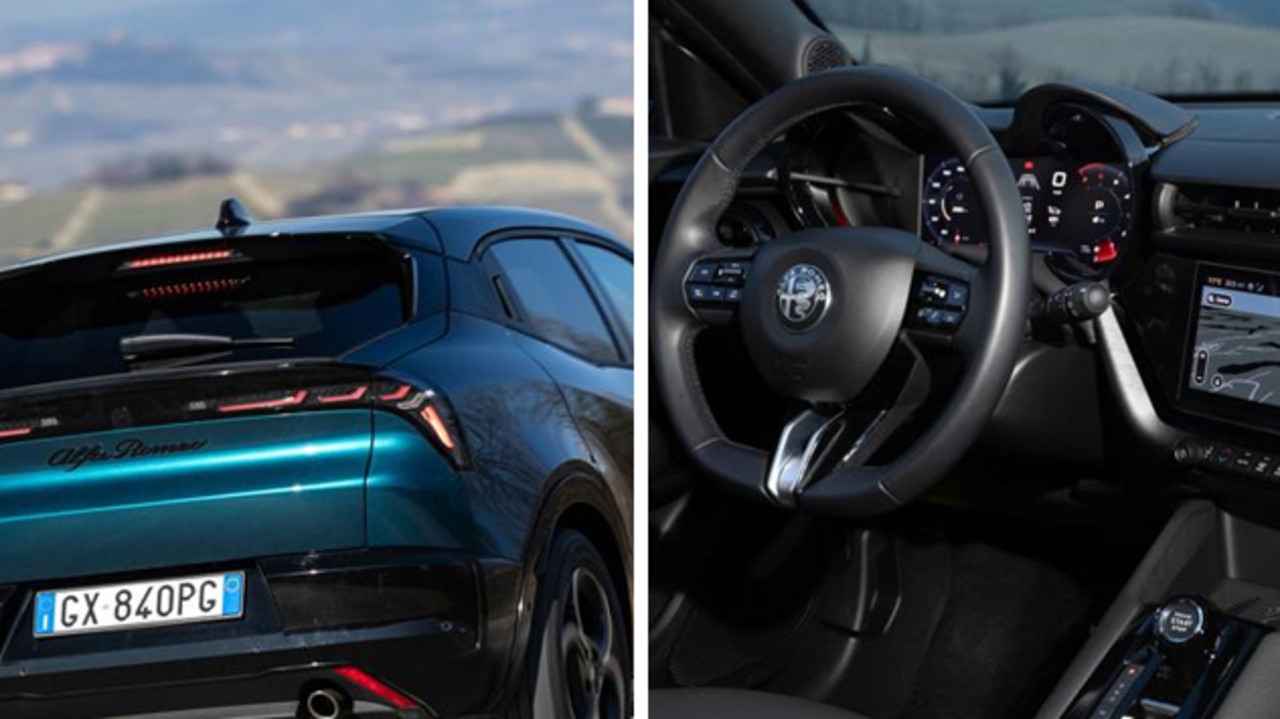Hyundai Ioniq 6 tested: 3000km drive reveals shortcomings and strengths
After spending more than 3000km behind the wheel of a long-range electric vehicle, we discovered that Australia isn’t as prepared as it should be for the technology.
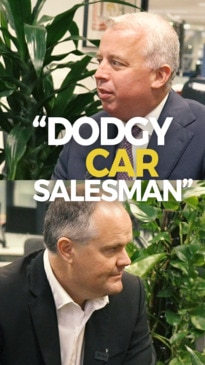
They say patience is a virtue, but if you’re taking an electric vehicle on a road trip, it’s a necessity.
I’ve just travelled more than 3200km up and down the east coast of Australia in a Hyundai Ioniq 6 and discovered that EVs cost more time and money than I’d expected.
My recharging bill for the trip was roughly $360, while I stopped to charge 14 times and spent roughly four hours parked in charging bays.
I also had to download and master five different phone apps.
Two charging stations were completely out of order, requiring some on-the-spot maths, a degree of range anxiety and some re-routing.
I’ve done a similar trip in a hybrid Toyota Camry and by my rough calculations, it would have cost roughly $350 and required four stops, each taking roughly 20 minutes and requiring a simple tap-and-go payment with my smartphone.

By now you’re probably getting the picture: long road trips in electric cars are at best a leisurely exercise and at worst a pain in the backside.
Having said that, this was an exceptionally long road trip – longer than Sydney-Adelaide return – and the type of journey sensible types would take by commercial aircraft.
The trip reinforced a couple of inescapable facts about electric vehicles: our infrastructure is woefully inadequate and electric vehicles are at their least efficient when you need efficiency most, on the highway.
The Ioniq 6 has a claimed range of 614km, which makes it one of the most long legged EVs on the market. Drive it around town and you will achieve that, or better.
However, driving exclusively on freeways at 110km/h, the range is more like 425km. That’s roughly 30 per cent less than the official claim.
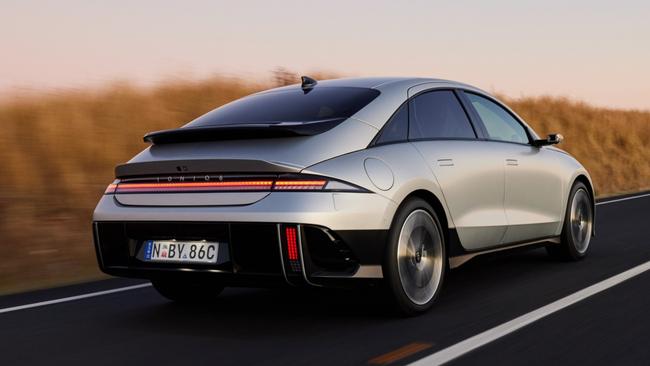
Fortunately, most trips start in the city, where EVs are at their best. We travelled from inner-city Sydney to Port Macquarie, 400km away, and arrived with 112km of range left.
We targeted Port Macquarie because it had an ultra-fast charger that promised to replenish our Ioniq 6’s battery from 10 to 80 per cent in less than 20 minutes.
The Ioniq 6 is among the fastest charging in the business but, as we were about to discover, not all EVs are created equal.
When we arrived at the charging station, one charger was out of order and another was occupied by an MG4 whose owner informed us they would be there for about 45 minutes.
The cheapest MG4 can only accept charge at about a third the rate of the Hyundai.
In layman’s terms, charging the MG4 is like filling up the pool with a garden hose, while the Ioiniq is like using a fire hydrant.
Luckily, we had another option.
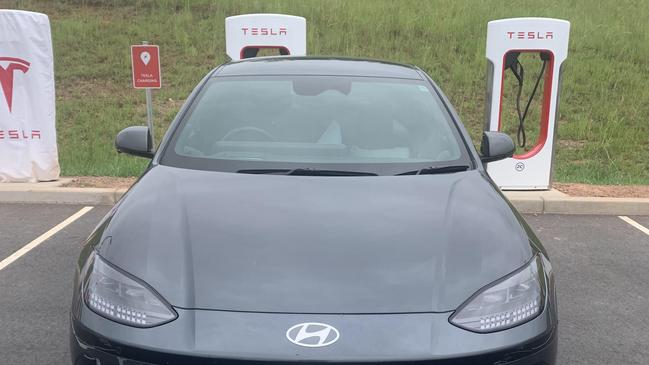
Tesla is slowly upgrading its recharging network so that other brands can use them.
There’s a catch, though. Tesla stings owners of rival brands a price premium to access its network.
While Chargefox ultra fast outlets cost 65c per kWh and the Evie network asks 73c/kWh, Tesla asks folks driving other cars to pay 85 cents. For reference, my home electricity costs about 32c/kWh.
It’s a financial hit I was prepared to take. After all, time is money.
But the cost of charging wasn’t the biggest gripe with our EV road trip.
It was the lack of working charging points and, ironically, other EV users who were yet to grasp the basics of charging etiquette.
Vehicles automatically slow the rate of charge once they reach 80 per cent to protect the life of the battery. It can take almost twice as long to charge from 80 to 100 per cent than it takes from 10 to 80 per cent. To use that pool analogy again, the torrential fire hydrant becomes a trickling tap.
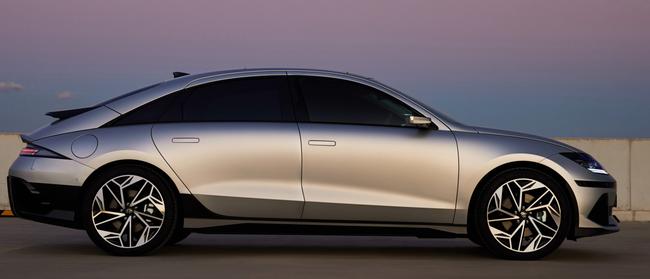
That didn’t concern a Mercedes driver sitting on a 350kW ultra-rapid charger topping his car up to 100 per cent at a reduced rate of just 43kW while we were forced to use the slower 50kW charger next to him. If we’d swapped chargers when he reached 80 per cent it would have cost him no time and saved us plenty.
This happened more than once, while another user jumped the queue on us, swapping from the slow charger he was using to the fast charger we were waiting for.
We were also at the mercy of dodgy charger reliability. Two charging stations were completely out of order, while another two had one charger not working at a two-charger station.
So has the experience with the Ioniq 6 turned me off electric vehicles?
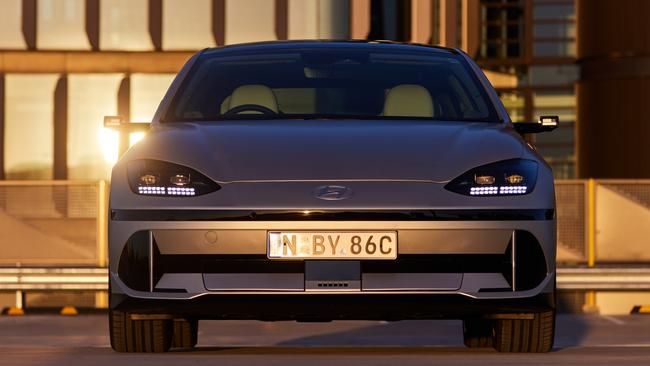
The answer is no. Yes, a long road trip in an EV takes planning and patience, but how many times does the average city-slicker embark on a long road trip? Two or three times a year?
The rest of the year, you’re likely to be plugging in at home once a fortnight and never visiting a petrol station.
And the driving experience is vastly superior to an internal combustion-powered car. The electric motor is quiet, refined and powerful, while the rear legroom is limousine-like.
The cabin is futuristic and the Ioniq corners impressively thanks to its low centre of gravity and well weighted, accurate steering.
The suspension can let the car float a little over bigger bumps and pick up road imperfections at lower speeds, but on the highway the cabin is a serene place to recharge your patience.
Originally published as Hyundai Ioniq 6 tested: 3000km drive reveals shortcomings and strengths



